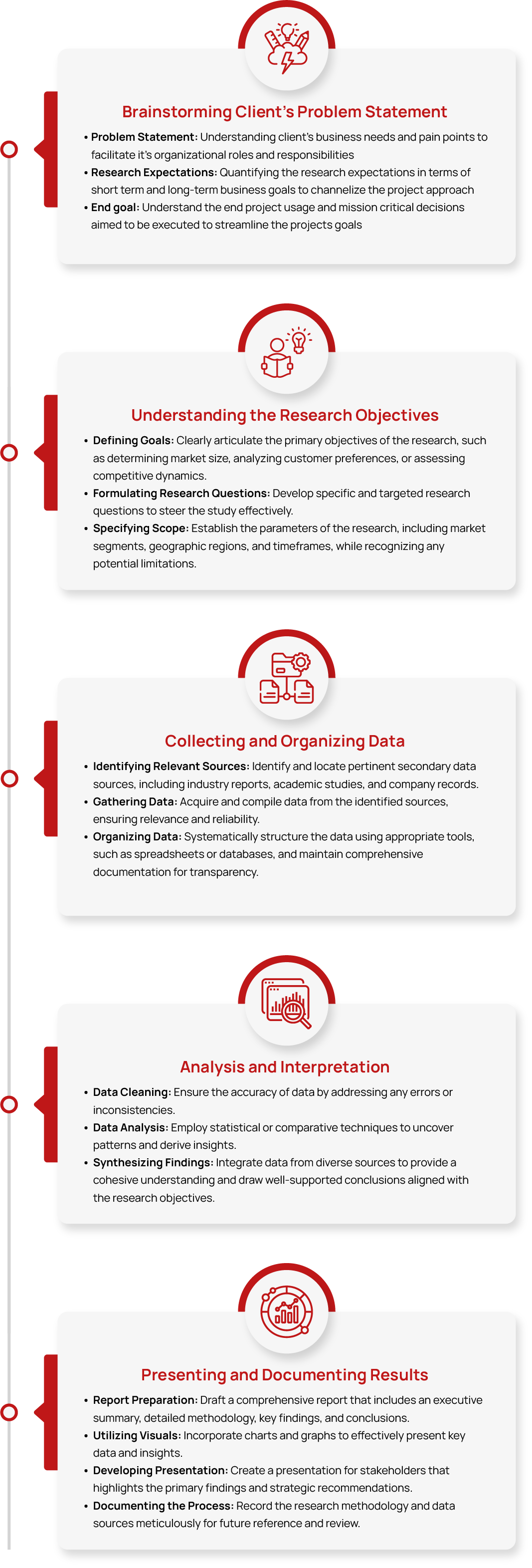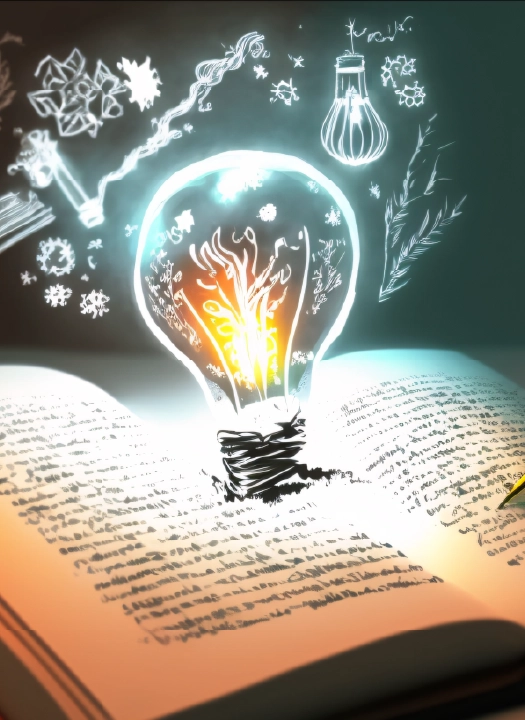Global Champagne Market Size, Share, Growth and Trend Analysis Report, 2032
- Summary
- Market Landscape
- Methodology
- Table of Contents
Global Champagne Market Size, Share & Growth and Trend Analysis Report, By Type (Brut Champagne, Ros Champagne, Blanc De Blancs, Blanc De Noirs, Demi-Sec. and Prestige Cuve), By Distribution Channel (On-Trade and Off-Trade (Online Retail Stores and Offline Retail Stores)) and Regional Forecasts (Asia Pacific, Europe, North America, Latin America and Middle East & Africa), 2025 – 2032.
The Global Champagne Market was valued at approximately USD XX billion in 2024. It is projected to grow to USD XX billion by 2032, with an estimated compound annual growth rate (CAGR) of around 5% from 2025 to 2032.
Industry Trends
The Champagne market is witnessing increased innovation, with advancements in sustainable viticulture, organic and biodynamic production, and low-dosage or zero-dosage Champagne catering to evolving consumer preferences. The rise of digital marketing and direct-to-consumer sales channels is also enhancing brand engagement and accessibility. Market growth is driven by increasing demand for premium and vintage Champagnes, growing global interest in sparkling wines, and the expanding presence of Champagne in emerging markets. Technological advancements in production, including precision viticulture and improved fermentation techniques, are further enhancing quality and consistency.
However, challenges such as climate change affecting grape yields, fluctuating export tariffs, and rising production costs remain. However, opportunities lie in the expansion of non-traditional consumption occasions, the rise of personalized and limited-edition releases, and sustainable packaging innovations, all of which are shaping the future of the Champagne industry.
Industry Expert’s Opinion
- Cappie Peete, Beverage Director at McCrady's Restaurant in Charleston
“We also constantly work to squash the idea that Champagne is strictly for the beginning of the meal or for special occasions.”
- Prof Steve Dorling, UEA researcher, UEA’s School of Environmental Sciences
“Over that period the warming climate has supported much more reliable yield and quality of the Pinot Noir and Chardonnay grape varieties – these varieties are blended in the production of champagne-style sparkling wine.”
TT Consultants’ Perspective
The Champagne market is experiencing steady growth, fueled by increasing consumer demand for premium and luxury beverages, alongside the rising popularity of sparkling wines worldwide. With evolving consumer preferences toward authenticity, craftsmanship, and unique taste profiles, champagne producers are focusing on product innovation, diverse offerings, and sustainable production practices to cater to a broader market.
Technological advancements in winemaking, packaging, and distribution channels are also shaping the market, ensuring the preservation of quality while enhancing accessibility. Companies are investing in sustainability initiatives, strategic collaborations, and expanding their global reach to meet growing demand across emerging markets. With rising consumption trends in both traditional and newer regions, the champagne industry is poised for continued success, driven by both premium and accessible offerings to suit a variety of consumers.
Market Segmentation
1. By Type (Brut Champagne, Ros Champagne, Blanc De Blancs, Blanc De Noirs, Demi-Sec. and Prestige Cuve)
The Champagne market is segmented by type, with Brut Champagne holding the largest market share of XX% in 2024 due to its widespread consumer preference, versatility across occasions, and dominance in both retail and foodservice sectors. Its crisp, dry profile appeals to a broad range of consumers, making it the most widely produced and consumed Champagne variety. Rosé Champagne is gaining traction, particularly among younger demographics and premium consumers, due to its vibrant color, fruitier profile, and increasing popularity in celebratory and luxury settings.
Meanwhile, Blanc de Noirs (crafted from Pinot Noir and/or Meunier grapes) is becoming increasingly popular for its fuller body and rich, complex flavors.
2. By Distribution Channel (On-Trade and Off-Trade (Online Retail Stores and Offline Retail Stores))
The Champagne market is segmented by distribution channel, with Off-Trade sales holding the largest market share of XX% in 2024. This dominance is driven by the widespread availability of Champagne in offline retail stores, including supermarkets, hypermarkets, and specialty wine shops. Additionally, the rapid growth of online retail stores has made premium and rare Champagne more accessible to consumers, offering a convenient purchasing experience and direct-to-consumer options.
On-Trade sales, which include Champagne purchases in restaurants, bars, hotels, and event venues, continue to thrive, fueled by the increasing demand for luxury dining experiences, celebrations, and social gatherings. With the evolving retail landscape, Champagne brands are leveraging omnichannel strategies, exclusive collaborations, and digital marketing to enhance their reach and cater to changing consumer preferences.
3. By Region (Asia Pacific, Europe, North America, Latin America and Middle East & Africa)
The Champagne market is segmented by region, with Europe leading the industry holding the largest market share of XX% in 2024. It is due to its deep-rooted wine culture and strong production base in France. The region accounts for the largest market share, with high demand from countries like the UK, Germany, and Italy, where Champagne is a staple for celebrations and fine dining. North America follows as a key market, particularly in the United States, where premium and vintage Champagnes are gaining popularity.
The growing preference for Brut and Rosé Champagne, coupled with the expansion of e-commerce and high-end hospitality sectors, is fueling demand. Asia Pacific is emerging as one of the fastest-growing regions, driven by rising disposable incomes and increasing Western lifestyle influences in countries like China, Japan, and South Korea. Consumers in these markets are showing a preference for Blanc de Blancs and Prestige Cuvée Champagnes, particularly in luxury dining and social events.
Competitive Scenario
The global Champagne market is led by major players such as Moët & Chandon, Veuve Clicquot, and Laurent-Perrier, which dominate through premium product offerings, strong brand heritage, and extensive distribution networks. Companies like Champagne Piper-Heidsieck, Champagne Nicolas Feuillatte, and Perrier-Jouët are expanding their global presence by leveraging limited-edition releases, direct-to-consumer sales, and the rising popularity of Rosé and Prestige Cuvée Champagnes.
Meanwhile, Univins et Spiritueux and Taittinger are strengthening their market position through collaborations with high-end hospitality and luxury retail sectors. Sustainability and innovation are key competitive factors, with brands investing in organic viticulture, carbon-neutral production, and eco-friendly packaging to align with evolving consumer preferences. By focusing on digital marketing, e-commerce expansion, and premiumization strategies, these Champagne houses continue to shape industry trends and reinforce their leadership in the global market.
Strategic Activities
- In January 2025, Champagne Bruno Paillard, one of Champagne’s few remaining independent, family-owned maisons, announces the U.S. release of its first ever Blanc de Noirs Grand Cru multi-vintage champagne. The new Blanc de Noirs Grand Cru offers a Pinot Noir counterpart to the house’s existing multi-vintage Blanc de Blancs¸ a presence in the U.S. for several decades.
- In July 2024, Wente Family Estates has signed a deal to import and distribute Champagne Castelnau in the US, marking the brand’s debut in the country. The Champagne range, including a Brut cuvée (USD 54.99) and a 2008 Brut Blanc de Blancs (USD 89.99), will be available this fall in select luxury hotels, fine wine retailers, and exclusive restaurants. Champagne Castelnau, part of Terroirs et Vignerons de Champagne (TEVC), saw a 49% revenue increase to nearly Euro 10m (USD 10.9m) last year, with exports accounting for two-thirds of sales.
- In May 2024, Aurélie Ponnavoy, a trained oenologist from the Aube region of France, and her sister have officially launched their own champagne brand, Mademoiselle Marg’O. Known for its sleek, feminine, and elegant style, their cuvées were introduced at the Côte des Bars Champagne Tasting Evening organized by LUXUS PLUS in 2023, marking the 20th anniversary of the Hôtels & Préference Group at the Pavillon Elysée Té.
- In April 2024, the world's champagne king LVMH says champagne sales are down because people aren't partying like they used to.

Please fill out the form to request the ToC and gain access to detailed insights in the report.
Request Table of Contents







